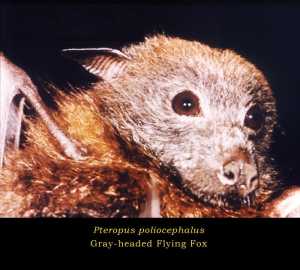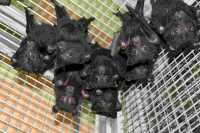 MedicalResearch.com Interview with:
Christopher S. Sullivan, Ph.D.
MedicalResearch.com Interview with:
Christopher S. Sullivan, Ph.D.
Associate Professor
Dept. Molecular Biosciences
The University of Texas at Austin and
 Jennifer Cox
Jennifer Cox, lead author
Graduate student in Dr. Sullivan’s laboratory.
Jennifer Cox's Replies:
MedicalResearch: What is the background for this study? What are the main findings?
Jennifer Cox: In the last decade, researchers have identified that many viruses encode small regulatory molecules known as microRNAs. Some viral microRNAs are able to manipulate host processes including stress responses, proliferation, and cell death. However, there are many viral microRNAs with unknown functions. Many of the viruses that encode microRNAs are associated with severe pathologies including various cancers so understanding the role of viral microRNAs can shed light on virus biology.
For this study, we focused on identifying viral microRNAs that can regulate innate immune signaling for several reasons. First, all viruses have proteins to combat interferon signaling. Second, we have identified microRNAs from two diverse viruses (retro and annello) that can inhibit interferon signaling so we hypothesized that additional viral microRNAs will perform this same function. We screened ~70 viral microRNAs for the ability to regulate innate immune signaling and identified three herpesviruses, Epstein-Barr Virus, Kaposi’s Sarcoma Associated Virus, and Human Cytomegalovirus, that inhibit the interferon response.
Epstein-Barr Virus, causes an estimated 200,000 cancers every year, including lymphomas, nasopharyngeal cancers and some stomach cancers. Interestingly, most of these cancers harbor latent EBV – a state of limited gene expression that produces no virus. microRNAs are one of the few viral gene product expressed during latency.
Our further work identified that Epstein-Barr Virus, KSHV, and Human Cytomegalovirus have converged to inhibit interferon signaling in the same manner – through decreasing expression of a central hub of innate immune signaling, CREB binding protein (CBP). We show that this regulation conveys partial resistance to the negative effects of interferon treatment on an EBV+ lymphoma cell line. Additionally, removing the microRNA from a similar cell line increases the sensitivity to interferon.
Interferon can be used in combination with other chemotherapies to treat lymphomas but varies in success. Our results may partially explain the variability seen in patients with EBV-associated cancers.
(more…)













